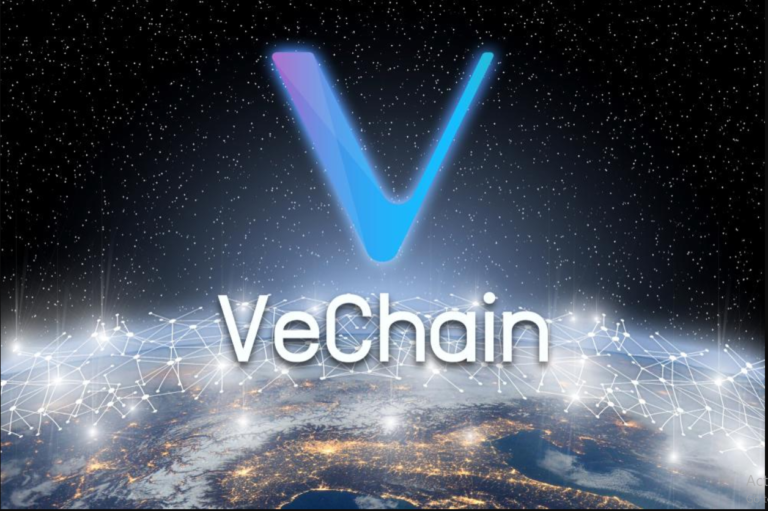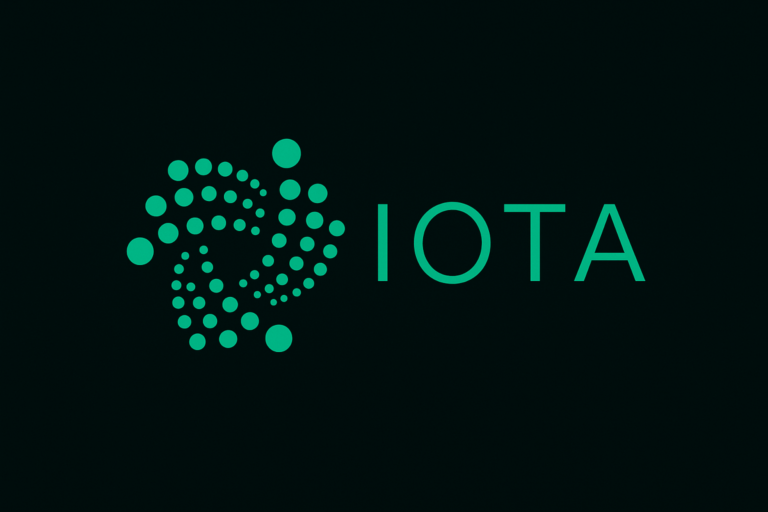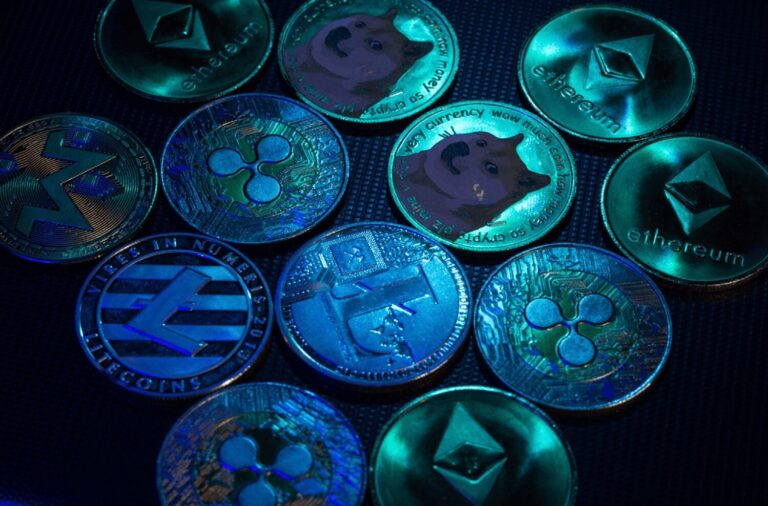
Solana
Introduction: Solana’s Partnership Strategy in 2025
In the fiercely competitive world of blockchain, speed and low fees alone don’t guarantee dominance. Solana has positioned itself as a high-performance, developer-friendly Layer 1 network, but its most significant breakthroughs in 2024–2025 have come not from raw tech alone — but from strategic partnerships.
From stablecoin issuers to enterprise banking alliances, Solana’s partnerships are expanding its use cases, strengthening its infrastructure, and bridging the gap between Web3 and traditional finance. In August 2025, the network’s growth is being driven by a mix of DeFi innovation, NFT marketplaces, cross-chain liquidity, and enterprise-grade integrations.
Below, we break down the top 10 Solana partnerships shaping its growth — why they matter, and what they mean for the future of the Solana ecosystem.
1. Circle — USDC & Cross-Chain Transfer Protocol (CCTP)
Circle’s USDC stablecoin is one of the most widely adopted dollar-pegged assets in crypto, and its role in Solana’s DeFi ecosystem can’t be overstated. With the integration of Circle’s Cross-Chain Transfer Protocol (CCTP), users can now move native USDC seamlessly between chains without relying on wrapped tokens.
For Solana, this means deeper liquidity for decentralized exchanges, reduced friction for payment apps, and a stronger foundation for institutional-grade finance.
Why it matters: Stable, fiat-backed liquidity is critical for DeFi growth, cross-border payments, and real-world asset tokenization. By securing USDC’s position on Solana, the network strengthens its claim as a serious settlement layer for both retail and enterprise adoption.
2. Fiserv — FIUSD and Institutional Stablecoin Rails
In a landmark 2025 development, Fiserv, a Fortune 500 fintech and payments giant, announced FIUSD, a bank-grade stablecoin that uses Solana as part of its transaction settlement infrastructure. The move ties Solana into the traditional financial system, providing a bridge for merchant payments, payroll solutions, and cross-border settlement.
This partnership shows that major payments processors see Solana’s performance as fit for real-world, regulated transactions — a critical step for mainstream integration.
Why it matters: Enterprise-grade payment processing on Solana could bring billions in transaction volume from traditional financial institutions, cementing its position beyond the crypto-native market.
3. Magic Eden — NFT Marketplace Expansion
Magic Eden began as Solana’s flagship NFT marketplace, but in 2025 it’s much more. After acquiring the Slingshot trading app, Magic Eden expanded its capabilities to include crypto trading alongside NFTs. This creates an all-in-one hub for collectors, traders, and creators, keeping more activity — and more liquidity — within Solana’s ecosystem.
By blending NFT culture with DeFi tools, Magic Eden continues to onboard creators while offering traders a frictionless Solana-native experience.
Why it matters: Marketplaces are gateways for users. By integrating more services, Magic Eden boosts user retention and creates a more complete ecosystem on Solana.
4. R3 — Banking & Tokenization Integration
R3, the enterprise blockchain company behind Corda, announced a collaboration with the Solana Foundation in May 2025. This partnership allows R3’s banking and institutional clients to use Solana for tokenized assets, including bonds, equities, and real estate.
The integration bridges the gap between permissioned financial systems and public blockchain infrastructure, opening the door for large-scale asset tokenization pilots.
Why it matters: Institutional tokenization is a multi-trillion-dollar opportunity. By becoming a settlement layer for R3’s banking network, Solana positions itself at the center of the next generation of capital markets.
5. Chainlink — Enterprise Oracle Infrastructure
Without reliable data feeds, decentralized finance can’t function. Chainlink provides secure, tamper-proof price feeds, randomness, and cross-chain services — now fully integrated with Solana.
For lending, derivatives, and insurance protocols, Chainlink ensures that on-chain contracts reflect accurate, real-time market data, reducing the risk of manipulation or failure.
Why it matters: Chainlink’s enterprise-grade oracles make Solana a safer environment for high-value DeFi applications, encouraging more institutional capital to enter the network.
6. Pyth Network — Low-Latency Market Data
Pyth Network is another critical player in Solana’s data infrastructure. Designed for low-latency price updates, Pyth delivers real-time market information directly to on-chain applications — a must-have for decentralized exchanges and derivatives platforms.
Unlike traditional oracles, Pyth focuses on high-frequency data, making it ideal for Solana’s fast block times and throughput.
Why it matters: High-speed data infrastructure aligns with Solana’s performance narrative and attracts trading-focused developers to the network.
7. Tether — USDT Liquidity
While USDC has a strong institutional reputation, USDT remains the most traded stablecoin in the world. Tether’s integration with Solana ensures that traders and DeFi protocols have deep, reliable liquidity in the asset most users already recognize.
Why it matters: Multiple native stablecoins give Solana redundancy and liquidity depth, supporting exchanges, lending markets, and payment apps.
8. Coinbase Custody — Institutional-Grade Asset Security
Institutional adoption isn’t just about performance — it’s about secure custody. Coinbase Custody supports SOL and Solana-based tokens, making it easier for funds, corporate treasuries, and high-net-worth investors to hold assets without compromising on regulatory compliance or security standards.
Why it matters: Regulated custody is a prerequisite for institutional capital to enter Solana at scale.
9. Arweave — Permanent Storage for NFTs & Data
Arweave’s permanent data storage complements Solana’s high-speed transactions by giving developers a way to store content, metadata, and records immutably. Through projects like the SOLAR Bridge, NFTs minted on Solana can have their metadata permanently anchored to Arweave, ensuring long-term provenance.
Why it matters: NFT and digital asset markets rely on permanence for value retention. Arweave ensures Solana-based assets maintain their integrity over time.
10. Audius — Music & Creator Monetization
Audius, a decentralized music streaming platform, has deepened its ties with Solana to power payments, rewards, and fan engagement. By integrating stablecoin payouts and NFT-based access passes, Audius offers musicians direct monetization without traditional intermediaries.
Why it matters: Partnerships in entertainment and media help Solana reach mainstream audiences, moving adoption beyond purely financial use cases.
Key Takeaways — What These Partnerships Mean for Solana’s Future
-
Liquidity & Payments Infrastructure: Stablecoin partnerships with Circle, Tether, and Fiserv give Solana strong fiat rails for DeFi and enterprise adoption.
-
Data Reliability: Chainlink and Pyth strengthen Solana’s technical foundation with accurate, low-latency market data feeds.
-
Institutional Entry Points: R3 and Coinbase Custody lower the barriers for large-scale capital inflows.
-
Cultural Reach: Magic Eden, Arweave, and Audius keep Solana relevant in NFTs, media, and creator economies.
Risks and Challenges
While these partnerships are promising, Solana still faces challenges:
-
Regulatory Uncertainty: Stablecoin and banking integrations depend on clear global regulations.
-
Network Reliability: Past outages have raised questions about uptime guarantees for institutional use.
-
Concentration Risk: Heavy reliance on a few major stablecoin issuers could create vulnerabilities.
Final Word: Partnerships Over Hype
Solana’s claim to be a high-speed, low-cost blockchain will only translate into real-world dominance if economic activity consistently flows through it. The partnerships outlined above form the backbone of that vision — connecting Solana to financial institutions, empowering developers, and engaging mainstream users.
If 2025 continues on its current trajectory, Solana’s growth story won’t just be about technology — it will be about strategic alliances that transform potential into adoption.




